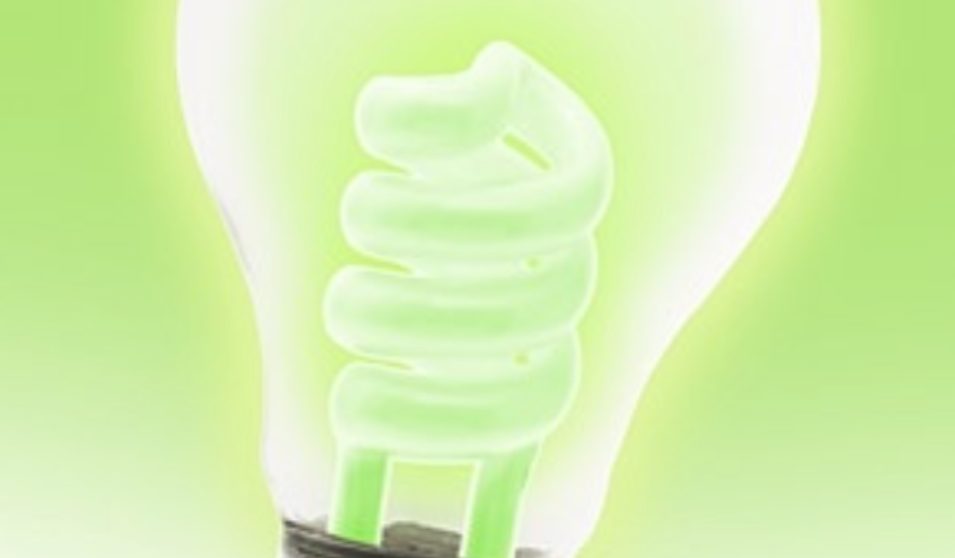In addition to solar panels, energy efficiency is a powerful way for schools to lower their carbon emissions and energy bills. While energy efficiency cannot fully eliminate emissions, it can greatly reduce them through a variety of ways. Schools that embrace energy efficiency can save money, allowing schools to invest in more pressing issue like teacher pay and program funding.
US schools spend more than $6 billion a year on electricity, which is more than the combined spending on computers and textbooks. While electricity is obviously necessary running a school, an estimated 30% of a school’s electricity is used inefficiently or unnecessarily. By reducing this usage, schools can save money while still maintaining or even improving student learning environment. Schools can reduce energy use through a variety low-cost and cost-effective measures.
Low-cost measures focus on encouraging energy saving behaviors by students and staff. Turning off lights whenever possible is a primary way of doing this. Utilizing light dimming can help reduce energy use while lights are on. However, other measures, like increasing maintenance of heating and cooling systems can save energy as well. Besides behavioral changes, schools can invest in money saving technologies over the long term. Replacing all non-LEDs with LEDs can save a substantial amount of energy. They are also easily dimmable, unlike traditional fluorescent lighting. New lights can be integrated with lighting control systems which automatically turns lights out when there are no occupants in a room. These systems can also allow automatic dimming and real time energy use updates.
Many schools are already implementing these changes. Little Chute Area School District in Wisconsin was able to offset renovation costs by installing high efficiency lighting, appliances, and A/C equipment. In addition, energy savings over the life of the new equipment will be enough to power 1300 homes for a year. Next, Little Chute Area School District plans to fully switch an elementary school to LEDs, which could save $15,000 every year on energy.
Benefits like this mean that even though energy efficiency may not be very glamorous, it can have a huge positive effect on schools’ emissions and energy bill. Efficiency gains can often be made with relatively little capital expenditure, making them an easier first step when trying to save money for cash strapped schools. Energy not used is energy that doesn’t have to be switched from fossil fuel to renewable sources, reducing the investment needed to go green.
In conclusion, it will be interesting to see if potential infrastructure funding will allow public schools to renovate buildings in more energy efficient ways, something that will be essential for the United States to reach carbon neutral status.

